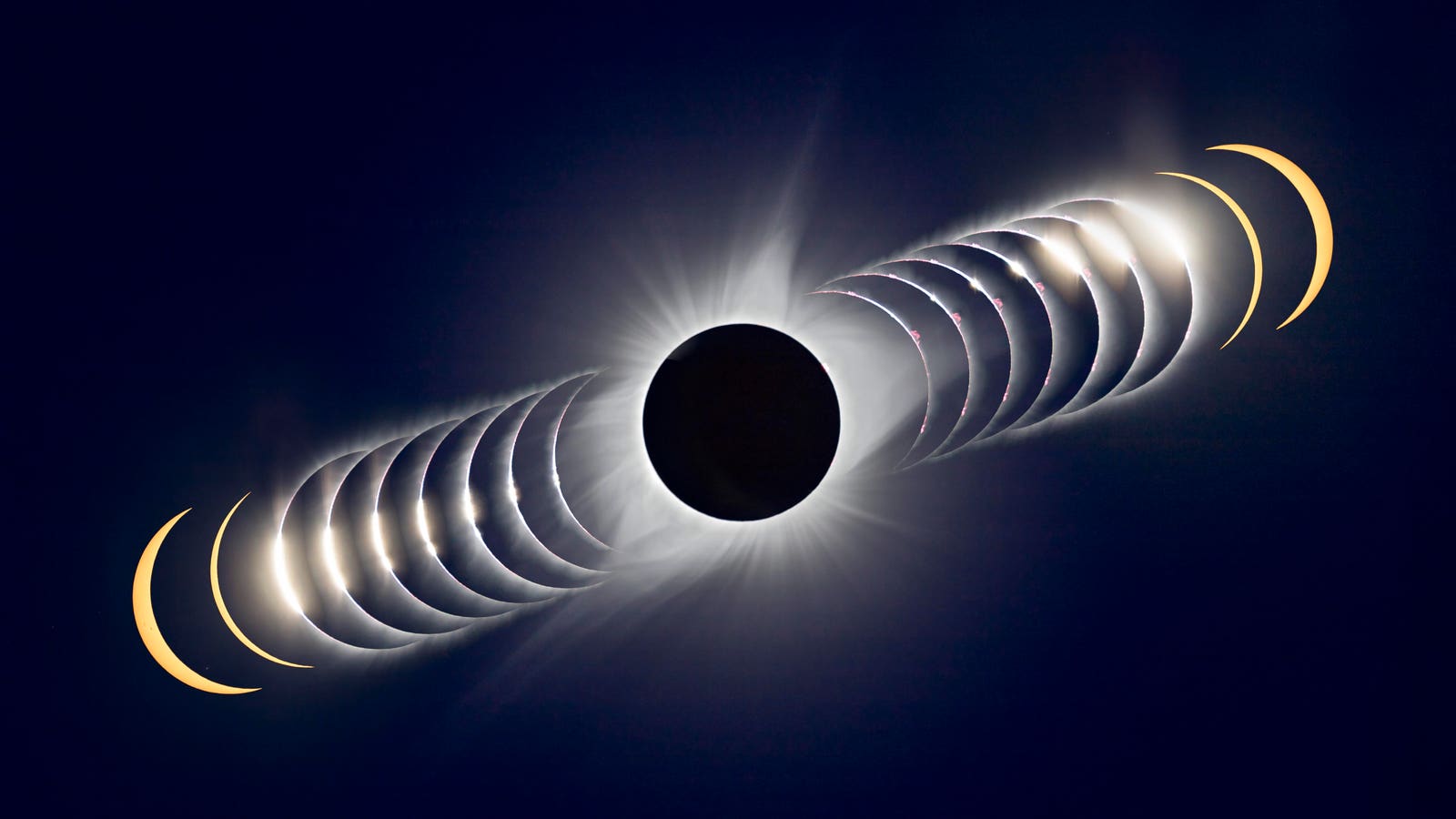Couple holding hands by the lake and gazing at the stars. Orion belt is clearly seen.
getty
How many bright stars and constellations can you find in the night sky? Most people know the Big Dipper, but can’t always find it, while almost everyone thinks Polaris is the brightest star.
Learning the night sky can seem overwhelming — but it doesn’t have to be. This week offers a great chance for beginners to get started, with three of the easiest constellations to find easily visible overhead as soon as it gets dark. All visible to the naked eye, Orion, Cassiopeia and the Big Dipper act as celestial signposts that can guide you across the night sky for the rest of your life.
Where And When To Look
The best time to start observing at this time of year is around 8:00 p.m. local time, once the sky is fully dark. Forget telescopes and binoculars — you just need your eyes and a reasonably clear view of the sky.
For most viewers in the Northern Hemisphere, all three constellations will be above the horizon after sunset this week. You’ll need to look east for Orion, one of the most iconic constellations of winter, which at 8:00 p.m. will be rising due east — with Jupiter close by. Cassiopeia will be high in the northeast, shaped like a tilted “W” or “M,” while the Big Dipper sits low in the north, slowly circling Polaris, the North Star.
What You’ll See
Give your eyes 10–15 minutes to adjust to the darkness. If you’re in a light-polluted area, even a short walk away from streetlights can dramatically improve your view. Try tracing each constellation with your finger, star to star, to get familiar with its shape. Lost and confused? Download a smartphone app like Stellarium, Sky Guide, Sky Tonight and SkySafari Pro, which will tell you what stars and constellations you’re looking at.
How To Find Orion
Often called the “hunter,” Orion is easy to recognize by the three stars in a straight line that form Orion’s Belt. As you see them tonight, the belt stars will rise vertically, one after another. This is the only time of the year you can see that happen. From the belt, look to the left to spot reddish Betelgeuse and to the right to find bright blue Rigel.
Cassiopeia constellation.
getty
How To Find Cassiopeia
“The queen” looks like a large “W” and is composed of five bright stars — Schedar, Caph, Navi, Ruchbah and Segin. It sits roughly opposite the Big Dipper across Polaris and never sets below the horizon for most northern observers. It’s a constant companion in the sky and an excellent constellation for orientation. It can be used to find Polaris, the Andromeda Galaxy and many other exciting objects in the night sky (keep following my page for stargazing tips — all will be revealed!).
Stars over Georgian Bay in twilight. The Polaris and the stars of the Big Dipper (The Plough or Ursa Major) are digitally enhanced.
getty
How To Find The Big Dipper (And The North Star)
This most recognizable of all constellations isn’t actually a constellation. Part of the constellation Ursa Major, the asterism (shape of stars) is low on the northern horizon in the early evening during late November, but it begins to poke up into the northeastern night sky. Find its two outer “bowl” stars — Merak and Dubhe — and make a mental note of the distance between them. Now trace a line between them going up into the night sky and keep going for about five times that distance — you’ll reach Polaris, the North Star, which appears never to move because the Earth’s northern axis points straight at it.
The night sky can be navigated, it can be known, and with a bit of practice, you’ll never get lost again. Welcome to your neighborhood!
The times and dates given apply to mid-northern latitudes. For the most accurate location-specific information, consult online planetariums like Stellarium or apps such as Stellarium, Sky Guide, Sky Tonight, and SkySafari Pro.
Wishing you clear skies and wide eyes.









